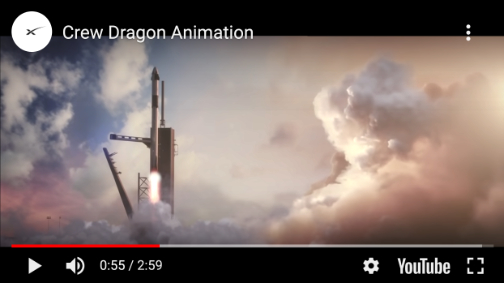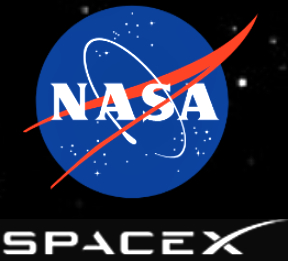

SpaceX celebrated a successful seventh launch of Starlink satellites from Launch Complex 39A (LC-39A) at NASA’s Kennedy Space Center in Florida.
Following stage separation, SpaceX also successfully landed Falcon 9’s first stage on the “Of Course I Still Love You” droneship, stationed in the Atlantic Ocean. Falcon 9’s fairing previously supported the AMOS-17 mission in August 2019.
The Starlink satellites deployed in an elliptical orbit approximately 15 minutes after liftoff. Prior to orbit raise, SpaceX engineers conducted data reviews to ensure all Starlink satellites operated as intended. Once the checkouts were complete, the satellites then use their onboard ion thrusters to move into their intended orbits and operational altitude of 550 km.

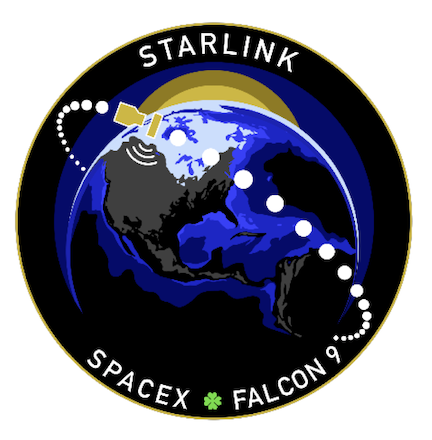
SpaceX is leveraging its experience in building rockets and spacecraft to deploy the world's most advanced broadband internet system. With performance that far surpasses that of traditional satellite internet and a global network unbounded by ground infrastructure limitations, Starlink will deliver high speed broadband internet to locations where access has been unreliable, expensive, or completely unavailable.
Each Starlink satellite weights approximately 260 kg and features a compact, flat-panel design that minimizes volume, allowing for a dense launch stack to take full advantage of Falcon 9’s launch capabilities. With four powerful phased array and two parabolic antennas on each satellite, an enormous amount of throughput can be placed and redirected in a short time, for an order of magnitude lower cost than traditional satellite-based internet.
Starlink satellites are on the leading edge of on-orbit debris mitigation, meeting or exceeding all regulatory and industry standards. At end of their life cycle, the satellites will utilize their on-board propulsion system to deorbit over the course of a few months. In the unlikely event their propulsion system becomes inoperable, the satellites will burn up in Earth’s atmosphere within 1-5 years, significantly less than the hundreds or thousands of years required at higher altitudes. Further, Starlink components are designed for full demisability.
Starlink is targeting service in the Northern U.S. and Canada in 2020, rapidly expanding to near global coverage of the populated world by 2021. Additional information on the system can be found at starlink.com.
Next Up for SpaceX ... Crew Dragon’s 2nd Demo Mission Set for May 27
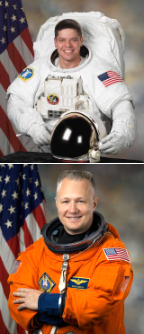
NASA astronauts Dr. Bob Behnken (top) and Doug Hurley (bottom).
NASA astronauts Dr. Bob Behnken (Colonel, USAF, PH.D.) and Doug Hurley (Colonel,U.S. Marine Corps, Ret.) will be the first two NASA astronauts to fly onboard the Dragon spacecraft as part of the Demo-2 mission to and from the International Space Station, which will return human spaceflight to the United States since the Space Shuttle was retired in 2011.
The Falcon 9 launch vehicle and Crew Dragon spacecraft that will support Demo-2 are onsite at SpaceX’s facilities in Florida. To mark the return of human spaceflight on American rockets from American soil, NASA has revived their worm logo for Demo-2.

In preparation for Demo-2, SpaceX has completed a number of major milestones for NASA’s Commercial Crew Program.
In March 2019, SpaceX completed an end-to-end test flight of Crew Dragon without NASA astronauts onboard, making Dragon the first American spacecraft to autonomously dock with the International Space Station and safely return to Earth.

SpaceX Crew Dragon test flights.
In January 2020, SpaceX demonstrated Crew Dragon's in-flight launch escape capability to reliably carry crew to safety in the unlikely event of an emergency on the launch pad or at any point during ascent.
SpaceX has completed over 700 tests of the spacecraft's SuperDraco engines, which fired together at full throttle can power Dragon 0.5 miles away from Falcon 9 in 7.5 seconds, accelerating the vehicle more than 400 mph.
SpaceX has completed 26 tests of Crew Dragon’s enhanced Mark 3 parachute design, which will provide a safe landing back on Earth for astronauts returning from the Space Station.
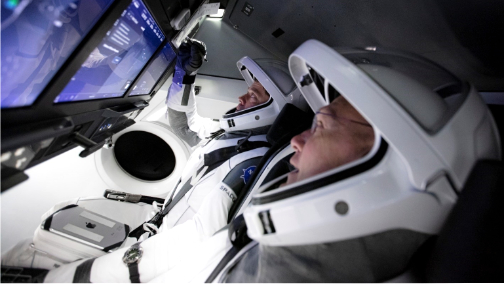
These tests include 13 successful single parachute drop tests, 12 successful multi-parachute tests, and a successful demonstration of the upgraded parachute system during Crew Dragon’s in-flight abort test
Additionally, SpaceX and NASA have jointly executed a series of mission simulations from launch and docking to departure and landing, an end-to-end demonstration of pad rescue operations, and a fully integrated test of critical crew flight hardware on the Demo-2 Crew Dragon spacecraft with NASA astronauts Dr. Behnken and Hurley participating in their Demo-2 spacesuits.
Demo-2 is the final major milestone for SpaceX’s human spaceflight system to be certified by NASA for operational crew missions to and from the International Space Station. Once Demo-2 is complete, and the SpaceX and NASA teams have reviewed all the data for certification, NASA astronauts Victor Glover, Mike Hopkins, Shannon Walker and JAXA astronaut Soichi Noguchi have been assigned to fly on Dragon’s first six-month operational mission (Crew-1) targeted for later this year.
SpaceX is returning human spaceflight to the United States with one of the safest, most advanced systems ever built, and NASA’s Commercial Crew Program is a turning point for America’s future in space exploration that lays the groundwork for future missions to the Moon, Mars, and beyond.


